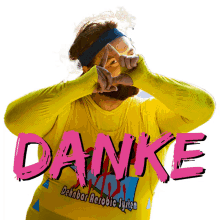As a filmmaker, Chaplin is considered a pioneer and one of the most influential figures of the early twentieth century He is often credited as one of the medium's first artists. Film historian Mark Cousins has written that Chaplin "changed not only the imagery of cinema, but also its sociology and grammar" and claims that Chaplin was as important to the development of comedy as a genre as D.W. Griffith was to drama. He was the first to popularise feature-length comedy and to slow down the pace of action, adding pathos and subtlety to it.
Although his work is mostly classified as slapstick, Chaplin's drama A Woman of Paris (1923) played a part in the development of "sophisticated comedy". According to David Robinson, Chaplin's innovations were "rapidly assimilated to become part of the common practice of film craft."
















































